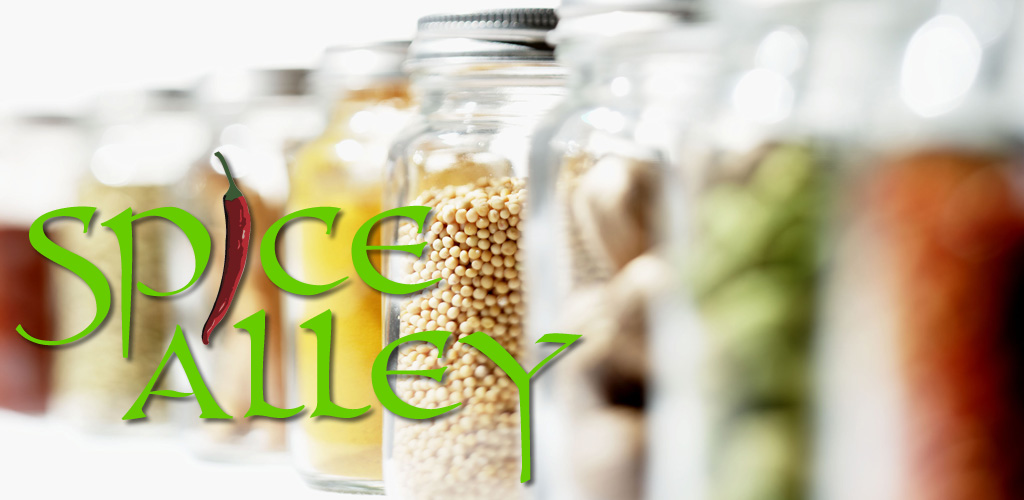This is one of the more traditional Diwali snacks. It is also known as Maida biscuit in Andhra. The original recipe is slightly sweet, but this can also be made savory by eliminating the sugar from the recipe and adding ajwain, jeera, pepper or kasoori methi depending on preference. This is a really simple recipe which appeals to both kids and adults. Though it is mostly shaped into small diamonds, if you have the patience and imagination, it can be cut into any shape and varied sized. My daughter wanted to make star shaped ones and my son wanted tiny squares.
INGREDIENTS:
All purpose flour (Maida), 2 cups
Rawa ¼ cup
Milk, ¾ to 1 cup, warmed
Butter, 8 tbsp
Sugar, 4 tbsp mixed into the warm milk
Cardamom powder, ¼ tsp
Baking powder, a pinch (optional)
Salt, a pinch
Oil for frying
Mix together maida, rawa, cardamom powder, baking powder, salt and butter till the mixture resembles wet sand.
Slowly add the sweetened, warm milk and mix into a soft dough. Milk can be substituted by water. Cover with a wet cloth and set aside for at least 15 minutes. Heat oil for frying on medium high.
Divide the dough into 4 portions. When working on one portion, keep the rest covered. Roll out the dough into a large 1 cm thick circle. Cut into desired shapes.
Fry these in oil turning continuously on medium high heat for about 5 minutes. When golden brown, remove from oil and drain on paper towels. Store in an air tight container up to 4 weeks.
Check out the new bakerella.com
16 years ago








